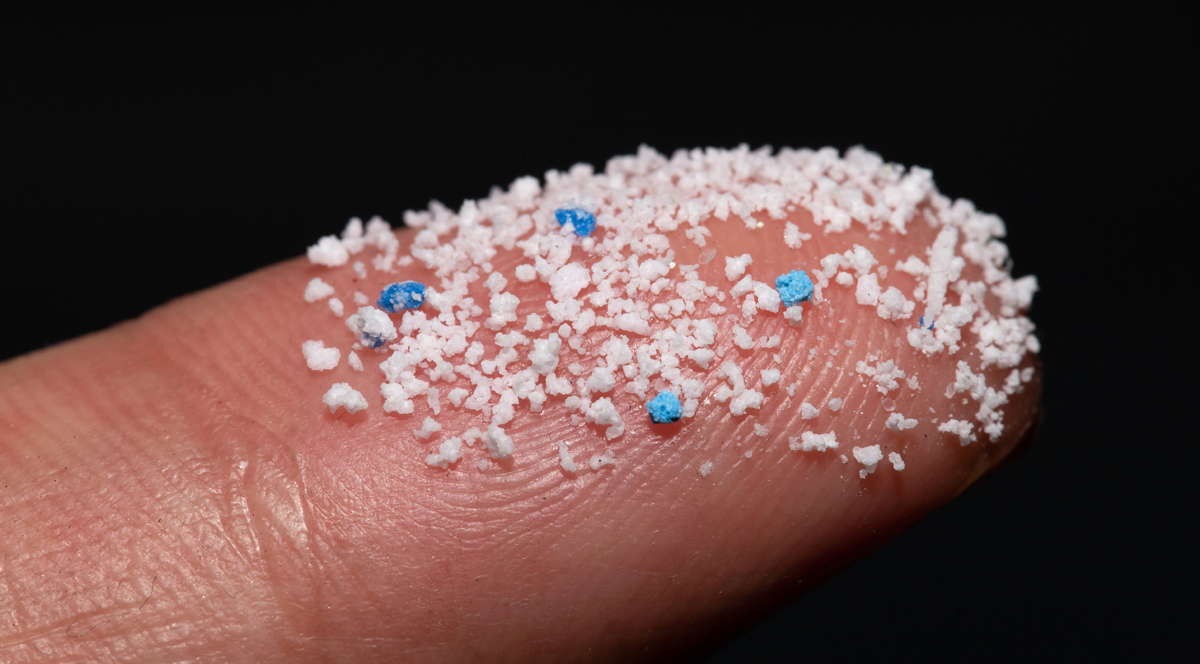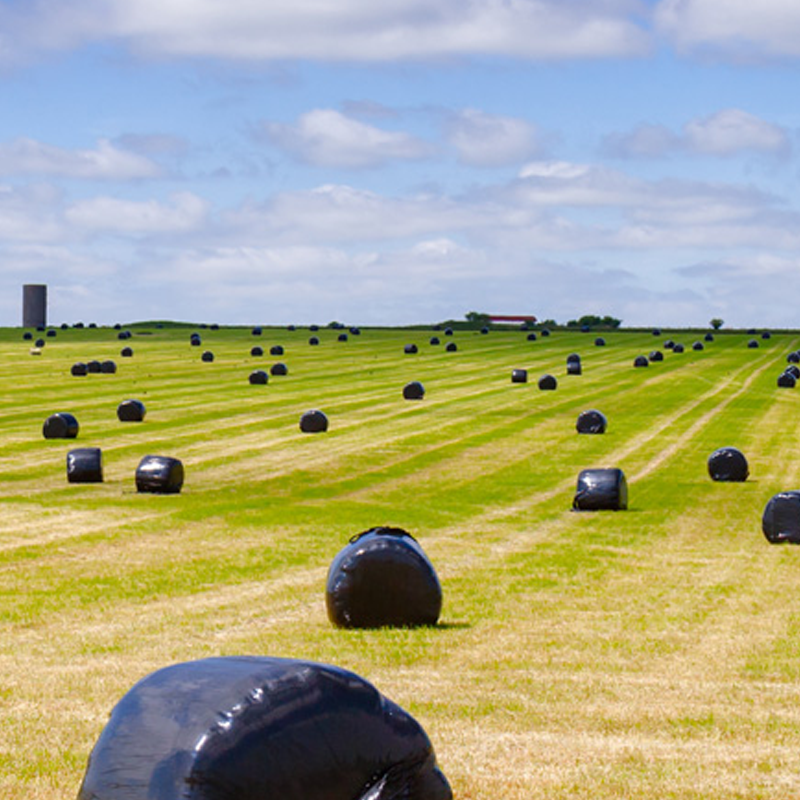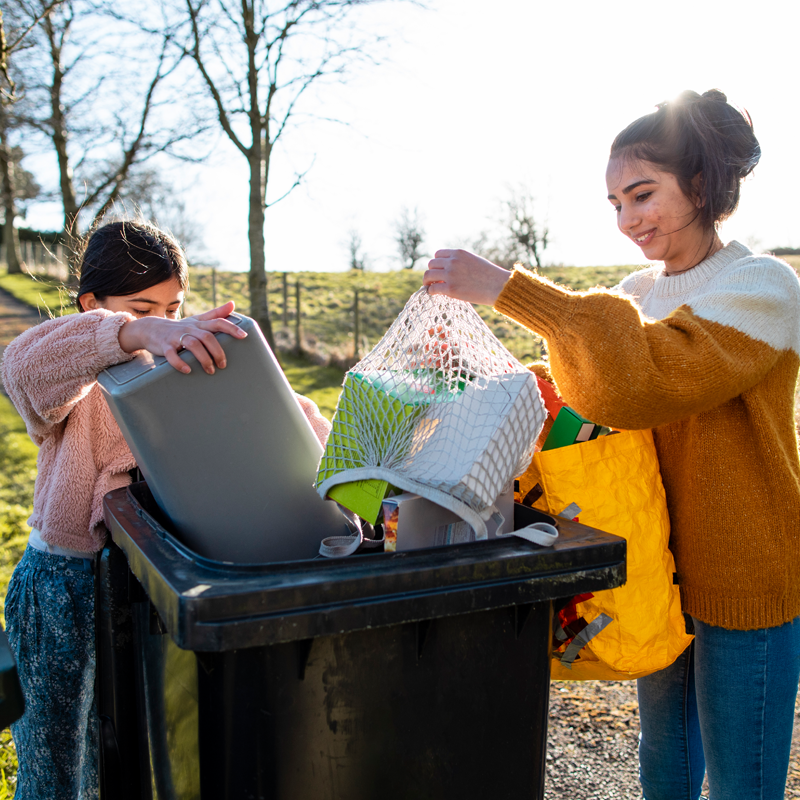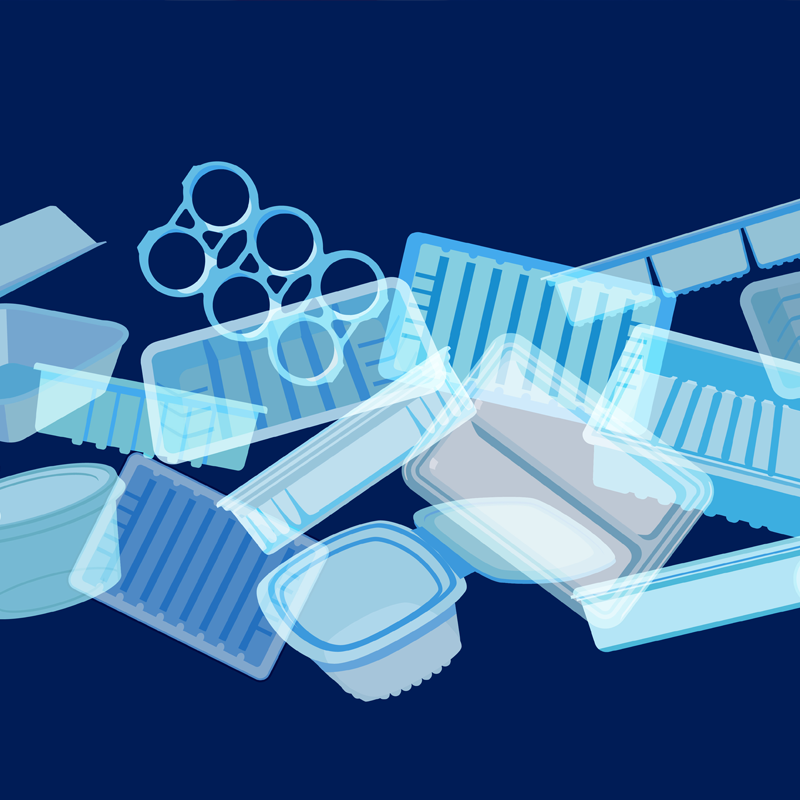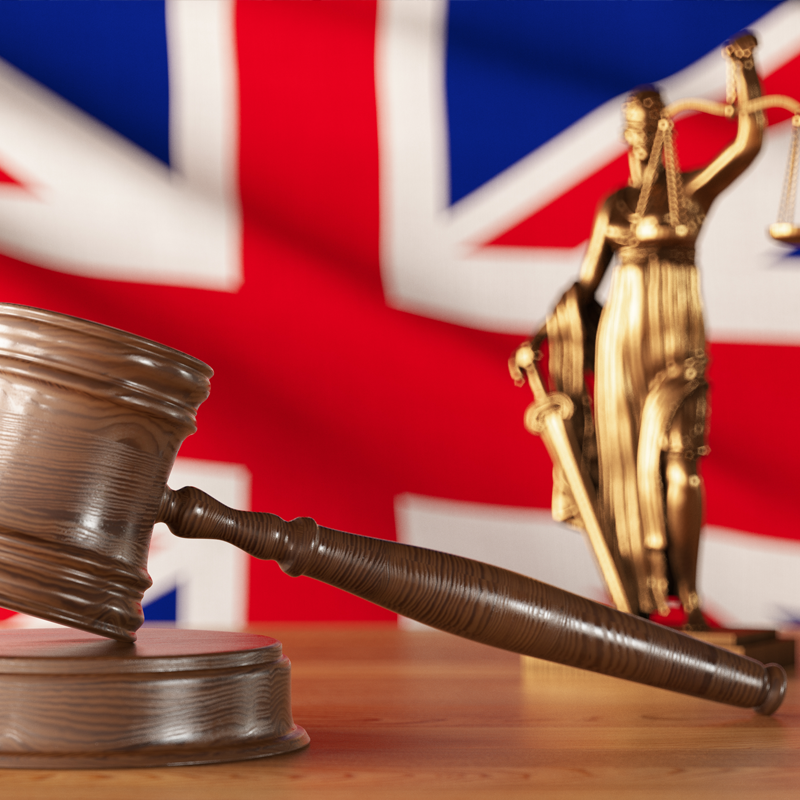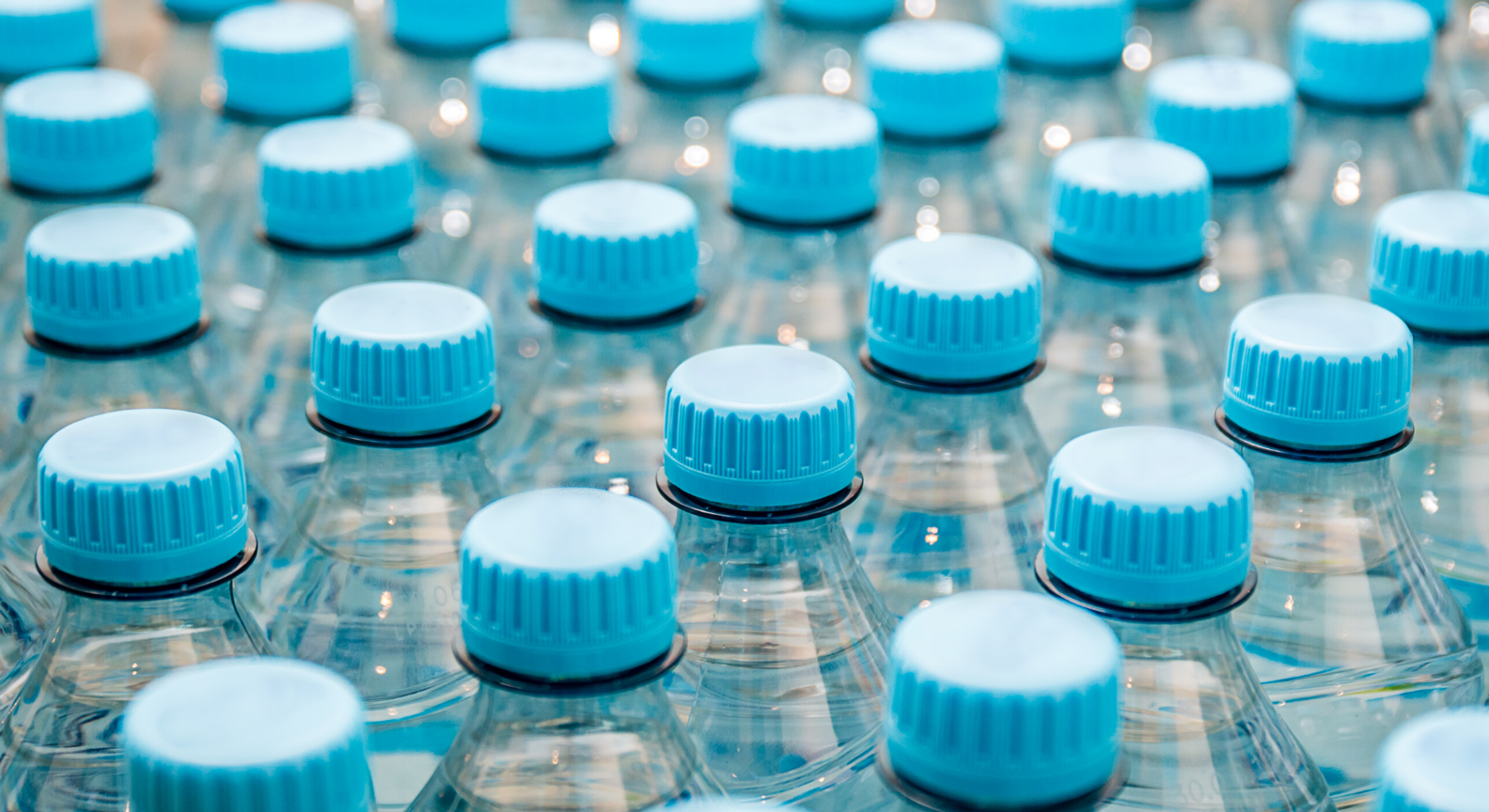
Plastics
Headlines and images of bottles washed up on beaches have made plastic the poster child for environmental issues. But the issue really lies in how we use it. This means minimising plastics where we can and, for those we do need, making sure we use them longer.
The problem goes beyond plastic...
Rather than just thinking about "anything but plastic", ask yourself if you can avoid single use regardless of the material and look for reusable alternatives instead. And make sure you've thought about how you'll dispose of that item, once it's come to the end of its life.
Single use
Disposables
Packaging
Plastic alternatives
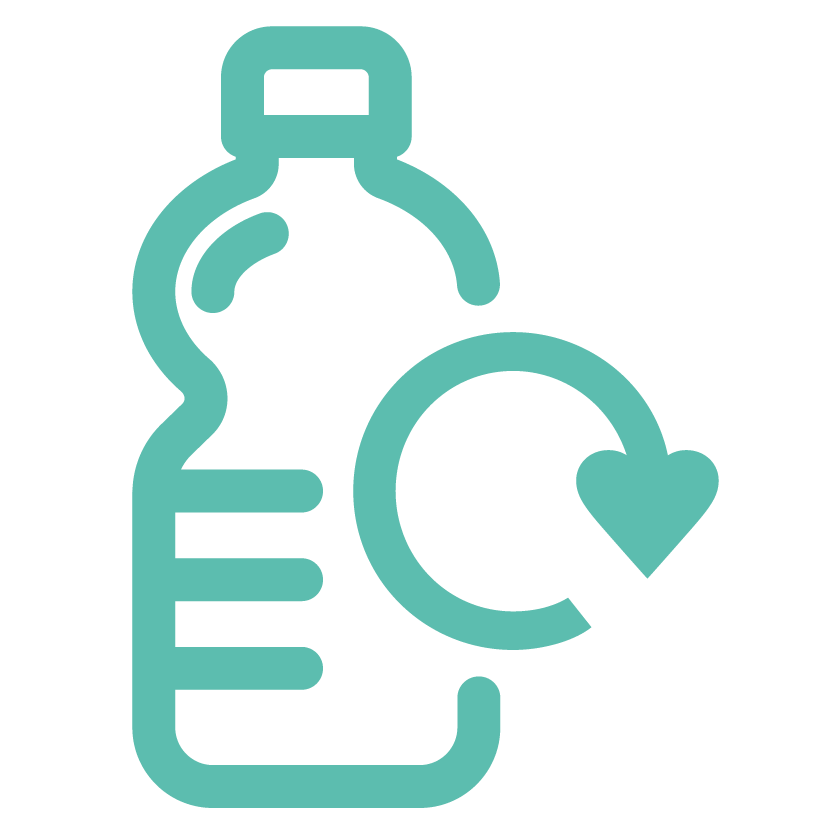
7% of the average Scottish grocery bill is used on single use packaging.
Share on
Reasons to reduce disposables, plastic or otherwise
Helps prevent litter entering our environment and waterways.
Save our natural resources.
Reduce carbon emissions.
Cuts down on the amount of waste that ends up in landfill.
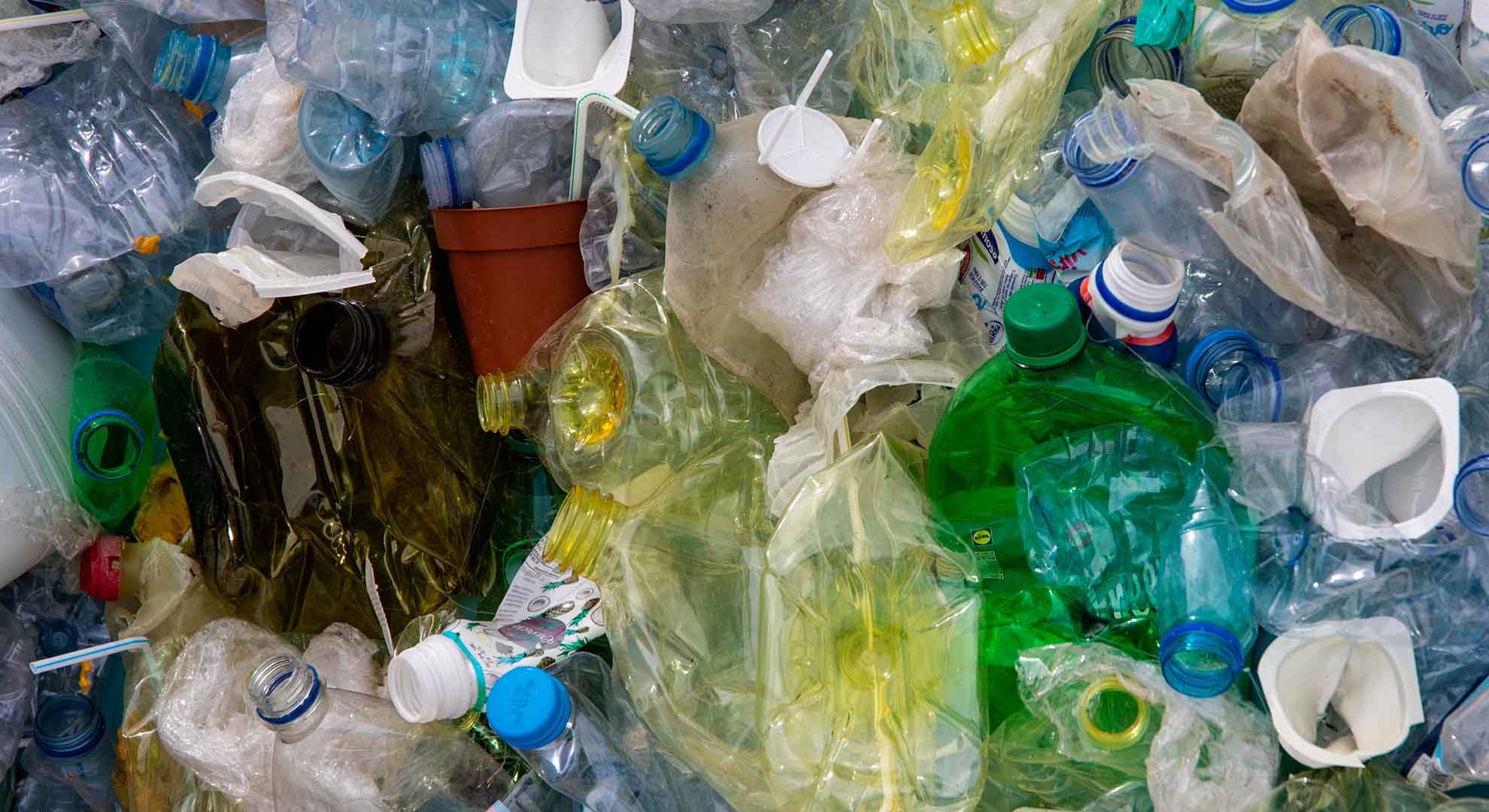
Ditching plastic must be good? ...Maybe not!
Who’d have thought a television show could usher in a welcome wave of environmental awareness? This post-Blue Planet world has led to a very sudden shift in attitudes towards ditching plastic, but the message isn’t as simple as that.
Take the next step
Consumer power
Put pressure on retailers and manufacturers to reduce all single-use items, not just plastics.
Find alternatives
Replace single-use items like disposable coffee cups and cutlery with reusables.
Recycling
Make sure you recycle everything that can be recycled.
What are microplastics and where do they come from?
Large items littering the coasts and oceans are easy to spot, but there are smaller pieces too. So small in fact, that they can be spread by winds, waves and currents.
